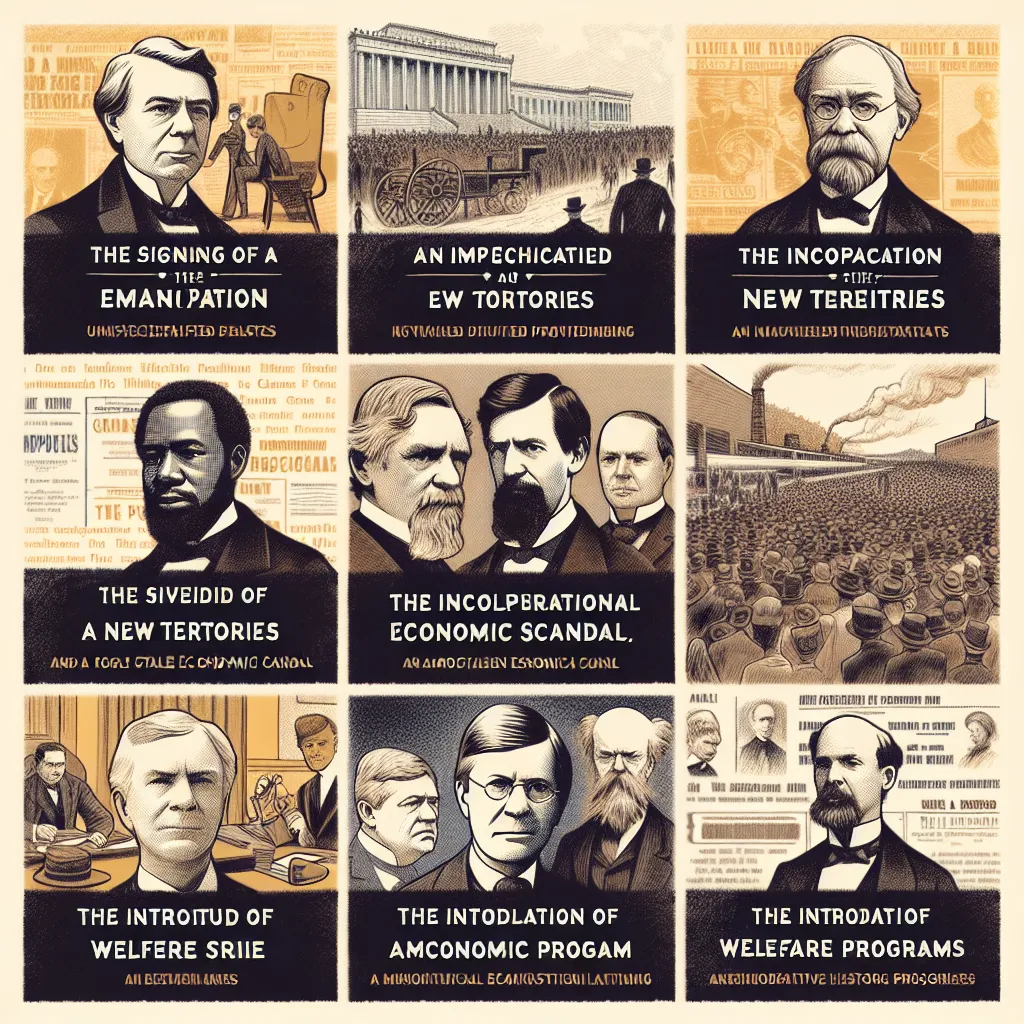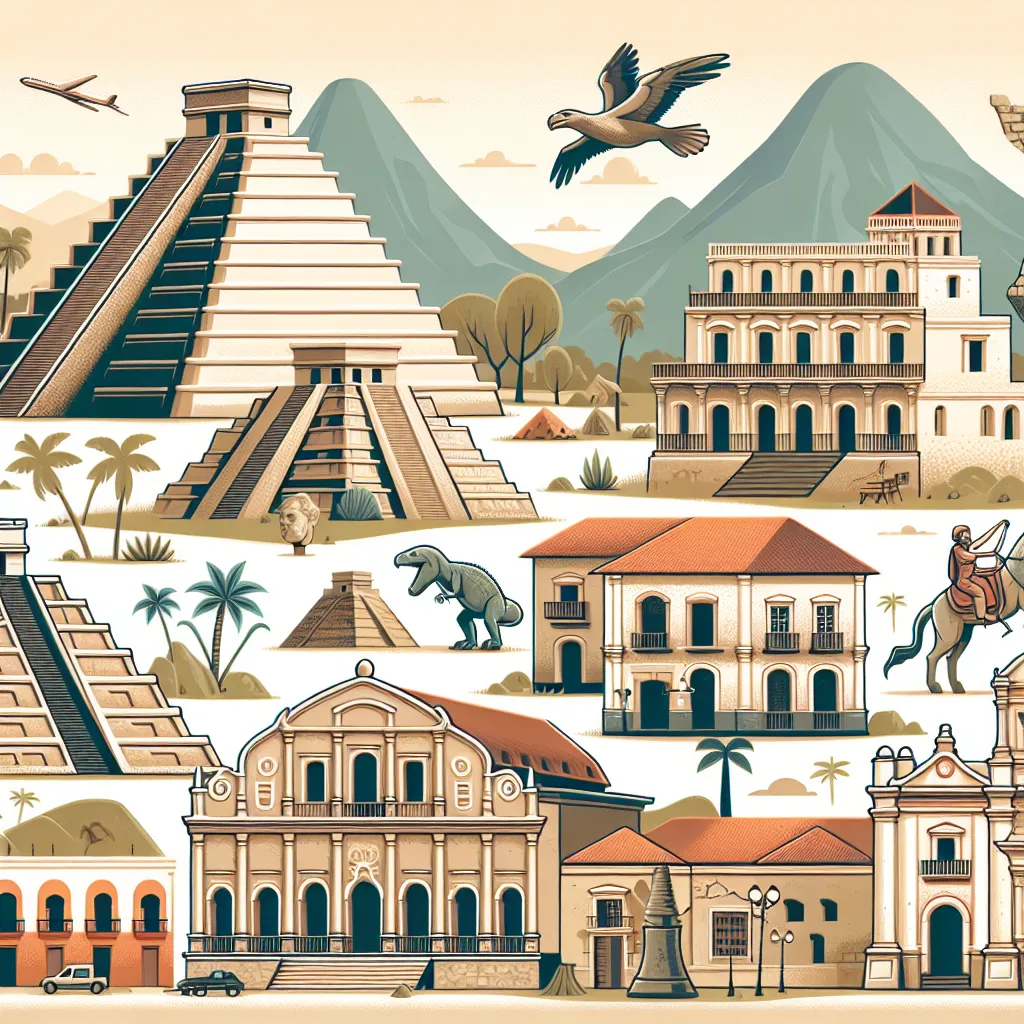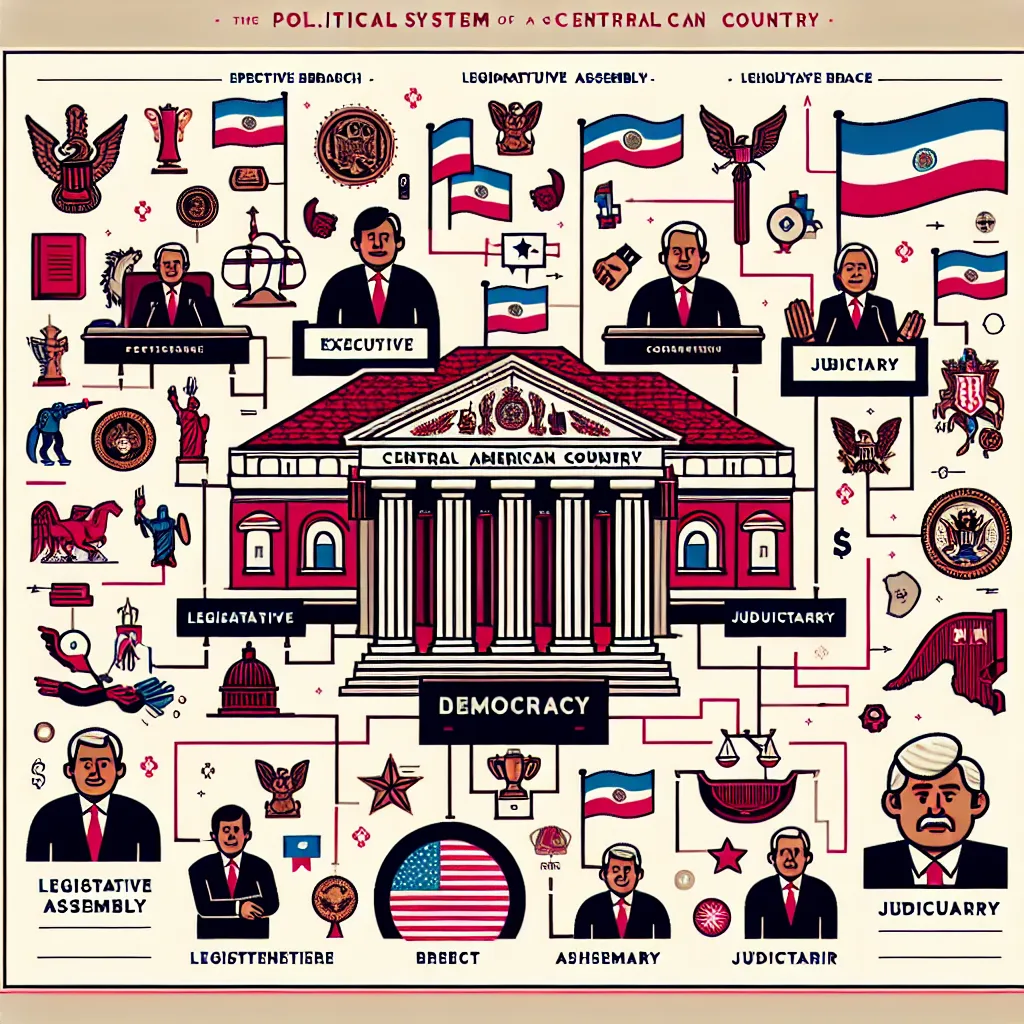Ask AI on The Internet
El Salvador, officially known as the Republic of El Salvador, has a rich and turbulent history that stretches back thousands of years. Here is a general overview: ### Pre-Colonial Period - **Prehistoric Times**: Archaeological evidence indicates that the area was inhabited as early as 10,000 BCE. - **Maya Civilization**: The Maya inhabited parts of what is now El Salvador around 2000 BCE. They established significant city-states and trade networks. - **Pipil People**: By the time of European contact, the Pipil people, who spoke a variant of the Nahuatl language, dominated the region. They established the kingdom of Cuzcatlán. ### Spanish Colonization - **1524**: Spanish explorers led by Pedro de Alvarado began the conquest of the area. - **Colonial Period**: El Salvador became part of the Captaincy General of Guatemala, under Spanish rule. Indigenous people suffered greatly due to diseases, forced labor, and violence. ### Independence and Early Republic (19th Century) - **1821**: El Salvador, along with other Central American provinces, declared independence from Spain. - **1823**: El Salvador joined the United Provinces of Central America, which dissolved by 1838 due to political differences. - **1840**: El Salvador became fully independent as a separate nation. ### 20th Century Turbulence - **1932 Peasant Uprising**: Known as "La Matanza" (The Massacre), this year saw a large-scale uprising led by peasants and indigenous peoples against harsh economic conditions. The government violently suppressed the revolt, resulting in thousands of deaths. - **Military Dictatorships and Civil Unrest**: Much of the 20th century saw El Salvador under the control of military regimes and oligarchies. ### Salvadoran Civil War (1980-1992) - **Origins**: Long-standing social inequalities and political repression led to the formation of guerrilla movements, particularly the Farabundo Martí National Liberation Front (FMLN). - **Conflict**: The war involved brutal fighting between the government, supported by the United States, and guerrilla forces. Tens of thousands of civilians were killed or disappeared. - **Peace Accords**: The Chapultepec Peace Accords signed in 1992 ended the war and led to significant political and social reforms. The FMLN became a legal political party. ### Post-War Period - **Transition to Democracy**: Post-war El Salvador has worked toward establishing a stable democracy, though it has faced challenges such as political corruption, economic inequality, and gang violence. - **Recent Developments**: In recent years, leaders like Nayib Bukele, elected president in 2019, have gained attention for their efforts to combat corruption and improve the economy, albeit with concerns over increasing authoritarianism. El Salvador's history is marked by resilience and the ongoing struggle for social justice and economic stability. The country continues to navigate complex issues as it builds its future.
Think your answer is better than the AI's? Post it below.
Other Most Relevant Posts:
 Title: The Spanish Conquest of the Philippines: A Historical Overview
Paragraph 1: The Spanish exploration of the Philippines began in the early 16th century, with figures like Ferdinand Magellan and
Title: The Spanish Conquest of the Philippines: A Historical Overview
Paragraph 1: The Spanish exploration of the Philippines began in the early 16th century, with figures like Ferdinand Magellan and
 Journal Article Title: Spanish Colonization of the Philippines (1565-1821): A Comprehensive Historical Analysis
Paragraph 1: The Spanish exploration and conquest of the Philippines began in the early
Journal Article Title: Spanish Colonization of the Philippines (1565-1821): A Comprehensive Historical Analysis
Paragraph 1: The Spanish exploration and conquest of the Philippines began in the early
 - **Lincoln's Emancipation Proclamation**
- **American Civil War**
- **Gettysburg Address**
- **Assassination of Lincoln**
- **Presidential Reconstruction**
- **Johnson's Impeachment**
- **Sherma
- **Lincoln's Emancipation Proclamation**
- **American Civil War**
- **Gettysburg Address**
- **Assassination of Lincoln**
- **Presidential Reconstruction**
- **Johnson's Impeachment**
- **Sherma
Question Tags
If you want your question answered by an AI, click here.




Post your own comment: